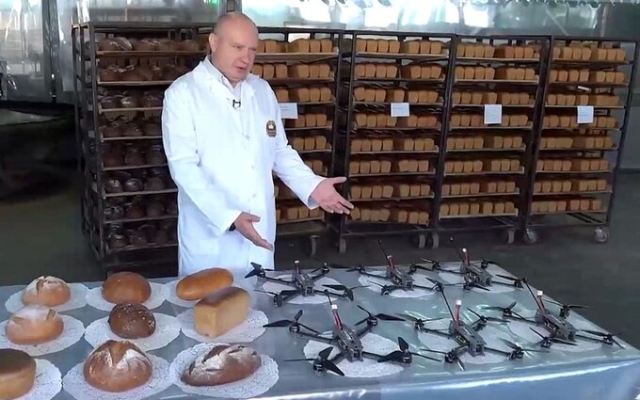 Officials demonstrate the products of the bakery factory, which now produces drones, as well as bread to be sent to the front lines
Officials demonstrate the products of the bakery factory, which now produces drones, as well as bread to be sent to the front lines
Once Upon a Time shopping center » Itlamas» in Izhevsk represented the embodiment of the modest dream of the middle class in the Russian province.
Its steel and glass facade advertised H&M, McDonald's and Detsky Mir, Russia's leading chain of toy stores. stores are symbols of the social contract concluded by Vladimir Putin with the Russian public more than 20 years ago.
Today, both Western and Russian brands have disappeared. The Italmas Shopping Center is now the Italmas Research and Development Center, producing Lancet attack drones for the war in Ukraine.
It is one of many shopping centers, bakeries and other civilian infrastructure that will be converted into weapons factories after Russia launched a full-scale invasion of Ukraine in 2022.
Russians were also called to work. six-day weeks and volunteering to work in factories as part of the increased war effort. There is even Russian television footage showing Russian children learning to assemble ammunition parts in workshops.
To highlight this militant new reality, Dmitry Medvedev, the former Russian president, was filmed wearing a black raincoat in the style of Bond villain during a recent visit to the Uralvagonzavod tank plant.
These are just photographs. the most visible parts of the economic mobilization that Vladimir Putin hopes (and Western and Ukrainian generals fear) will decisively turn the tide of the war.
Former Russian leader Dmitry Medvedev (wearing a black leather jacket) visits Uralvagonzavod, Russia's main tank factory. Photo: SPUTNIK/AFP via Getty Images
“We are now in a situation where Russia is spending money. 40 percent of GDP for this war is more than health care and education,” a Western official told The Telegraph this week.
This is a statistic that the collective West struggles to live up to. Over time, defense experts warn, this could give Russia an overwhelming material advantage to win the war in Ukraine.
And while the urgency of the situation is widely recognized behind the scenes, Western governments are simply not keeping up.
“It’s bloody crazy,” said one British defense insider, who asked to remain anonymous. speak frankly and cite institutional barriers to the expansion of Western arms production.
The secrecy of the Russian defense industry and the tendency of officials to manipulate figures for propaganda purposes make it difficult to assess the exact scale of change in Russia. into the war economy.
But almost all experts agree that this is real, dangerous and already in full swing.
Russia has officially increased military spending from 2.7 percent of GDP in 2022 to 3.9 percent in 2023 and to 6 percent—or about a third of all government spending—in 2024.
Behind this is likely a much larger figure is hidden, which includes the costs of rebuilding the occupied parts of Ukraine and redirecting private sector wealth to military needs.
Russia produced 1,530 tanks and 2,518 armored fighting vehicles in 2023, Russian Defense Minister Sergei Shoigu said in a report to parliament in December.
He said this meant an increase in tank production by 560 units per year. percent from February 2022. Production of infantry fighting vehicles increased by 360 percent, and armored personnel carriers by 350 percent.
This will only be enough to make up for what Russia has already lost on the battlefield, and not to expand its army.
This month, Western officials told the New York Times that Russia is on track to produce two million artillery shells a year — double what Western intelligence agencies initially estimated. Russia could produce before the war.
Add in supplies of shells, missiles and drones from Iran and North Korea, and Russia is already regaining the firepower it had at the start of the war.
Impact on the battlefield immediately and obviously.
During a five-day bombardment in late December, Russia fired 500 missiles and drones into Ukraine, President Volodymyr Zelensky said.
A study published this month by security think tank RUSI found that Ukraine fired 7,000 artillery pieces. rounds per day during the summer counteroffensive, far more than the Russian 5,000.
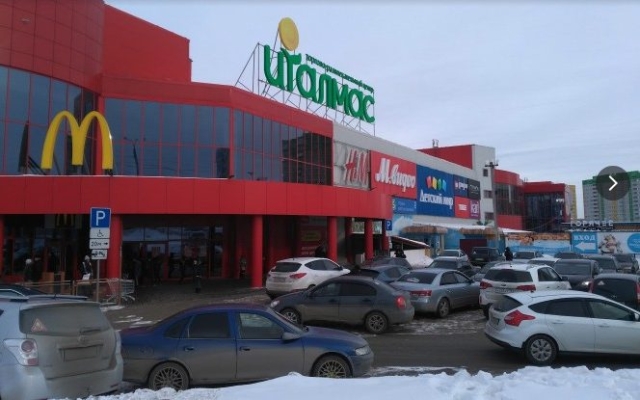 The Itlamas shopping center in Izhevsk, which once held stores such as H&M and McDonalds
The Itlamas shopping center in Izhevsk, which once held stores such as H&M and McDonalds 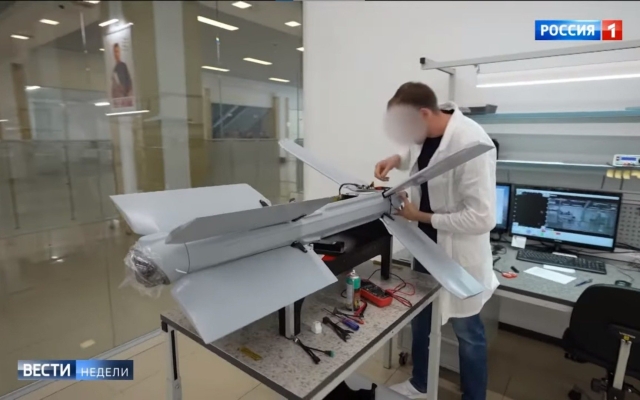 Now engineers work in the shopping center and technicians working on military weapons.
Now engineers work in the shopping center and technicians working on military weapons.
By this month, the Russians had fired 10,000 rounds, and the Ukrainians had cut them down to 2,000.
This not only limits Ukraine's ability to launch new weapons. offensive.
This means that artillery units are struggling to suppress Russian guns with counter-battery fire, and infantrymen in the trenches are left without much-needed fire support in the face of a Russian attack.
p>By February 2023, a year after the start of the war , European production was estimated at just 300,000 rounds per year.
In November, Boris Pistorius, Germany's defense minister, admitted that the EU's promise to provide Ukraine with a million rounds by March this year would not be met.
< p>Dmitry Alperovich from the Silverado Policy Accelerator think tank said: “You need to look at the specifics. Is Russia capable of surpassing the West in the production of submarines and frigates? No, but is it capable of outpacing the West in terms of artillery shells? Yes.
“He had great potential in this area, which the West did not have due to the priority of artillery for many decades. And it very quickly put itself in a military position when it came to defense industrial production, which the West did not do. And, you know, this is logical, we are not at war, and this war is not existential for us, as it is for Ukraine.
“We have been slow to commit to long-term contracts, we are slowly increasing industrial production, especially in Europe.”
For now, Russian products are unlikely to provide enough material to return to the general offensive in 2024. It took too much effort over the previous two years to create a credible attack force.
But the Kremlin is thinking about what will happen beyond the end of this year.
“They are talking about mobilizing their defense industry over the next three years, which means they are going to be at war for at least three to four years. — said a Ministry of Defense insider.
“We are at a moment when the Russians are vulnerable because production does not meet their needs. But they will turn the corner,” he added.
The implication is obvious: if the West does not take action, Ukraine may lose the war. And no one knows what will happen after that, but there have been warning signs from Moscow about further land grabs in Europe.
Mr Pistorius has warned that war between NATO and Russia could potentially break out next year. five to eight years.
German tabloid Bild recently reported that one of the theoretical scenarios being considered by German military leaders is a potential Russian attack on the Suwalki Gap, a strategically important land corridor on the Polish-Lithuanian border. Both countries are preparing to conduct joint exercises in the area in the spring.
“We need to recognize the fact that Russia has managed to revitalize its military-industrial complex and adapt to a wartime economy. Besides North Korea and Iran, Putin has reliable suppliers of military equipment who do not care in the least about the needs of their people,” said Norbert Röttgen, former chairman of the Bundestag Foreign Affairs Committee.
“If we failing to decisively increase our support for Ukraine so that it can gain military superiority over Russia, there is no guarantee that Russian aggression will not spread to other European states. Ukraine’s support now is our best defense against Russia.”
The frustration of people like Mr. Röttgen is that while the problem is obvious, it is almost politically impossible to solve.
Part of the reason for the West's slow response is political and cultural, says Sabine Fischer , senior foreign policy analyst at the German think tank SWP.
While a war economy will have dire long-term consequences for quality of life, it also “creates rents and benefits for part of the elite as well as for the population.” «, she said.
Under a de facto dictatorship, remaining discontent can be easily suppressed.
(The Italmas and Stalitsa shopping centers in Izhevsk are a good example of how rent in a war economy can benefit the elite. The company that bought them is “ Areoscan «, officially belongs to a certain Nikita Zakharov. He is the son of Alexander Zakharov, co-owner of the Zala Aero company, which produces Lancet drones).
For countries with a vibrant free press, a credible political opposition and a cost of living crisis.
Downing Street this week publicly rejected General Sir Patrick Sanders' public call for an expansion of the army. Labor has also pledged to adhere to strict spending rules if it wins the next general election — a policy that is likely to prevent the massive capital investment needed to build new weapons production lines.
Then there is the economy, Mr. Alperovitch notes. While Russia maintains a largely state-controlled defense industry, the UK and most other Western countries rely on contracts with private defense firms.
“You need to invest a significant amount of capital expenditure in launching new production lines or expanding existing ones , and you want to be sure that the initial investment will pay off.
“It will take a certain number of years. make it economical and profitable. So it's understandable that defense contractors don't want to be left to their own devices, especially when it comes to certain munitions such as artillery shells,” he said.
“They know that the US and NATO armed forces do not rely heavily on artillery. So if the war in Ukraine ends quickly (which we hope it will), they are very concerned that they will not have as many customers for the expanded production lines that they have created.»
Evasion from Western sanctions adds additional costs for each component, but for Russia this is not a problem as long as supplies continue.
Take, for example, the KH series air-launched cruise missiles, the most common in Russian arsenals and roughly comparable to American ones «Tomahawks.»
“They are produced on CNC machines, and this is one of the points where we apply pressure to deprive them of this opportunity,” said Alexey Parnovsky, a senior researcher at the Space Research Institute in Kiev.
“The second important one moment is the electronics on board the rocket. They use general purpose electronic components, not necessarily military grade. As a result, there is now no real difference between military-grade and consumer-grade electronics.”
“They [Russia] realized this a long time ago and converted almost all of their military electronics to work with consumer-grade components. This was a very effective approach since there are no sanctions for purchasing general purpose electronic components. They can buy them through a number of intermediaries.”
However, it would be wrong to portray the Russian military machine as an unstoppable force. It suffers from a shortage of skilled labor, poor quality parts, and a scale of warfare that even the Soviet-era military-industrial complex cannot cope with.
Many of the missiles produced are sub-constructors. nominal cost due to a shortage of qualified engineers resulting in a high failure rate. And despite the increase in production (according to some sources, by last summer Russia increased from 40 to 100 missiles per month), factories can barely cope with demand.
Fragments of missiles used in attacks on cities in Ukraine this month , verified by Ukrainian experts, showed that the ammunition was produced in December 2023.
«This means that they are coming straight off the assembly line and they have virtually no stocks left,» Mr. Parnovsky said. .
“For this reason, the incidence rate this winter is much lower than last winter. We expected much worse. That did not happen. They will have to stockpile missiles for several weeks, and then they will be able to carry out one or two attacks.»


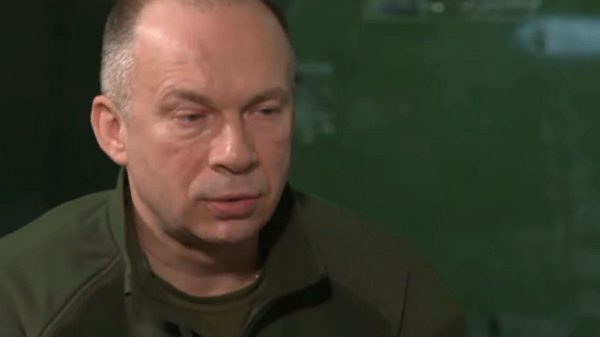






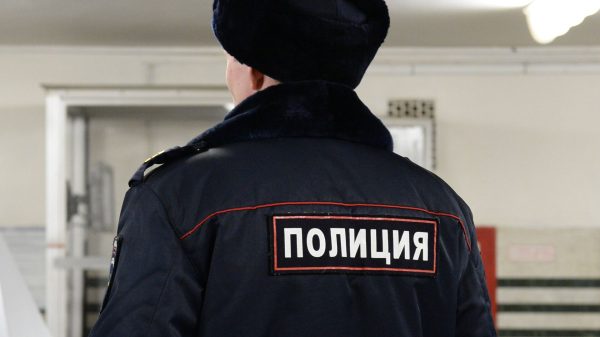
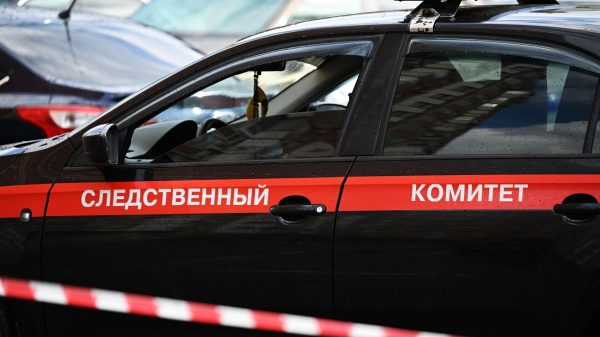
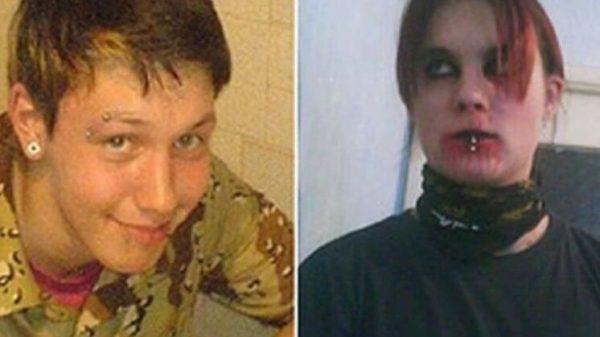





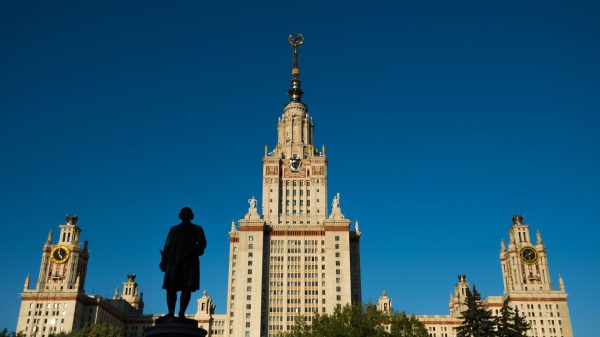
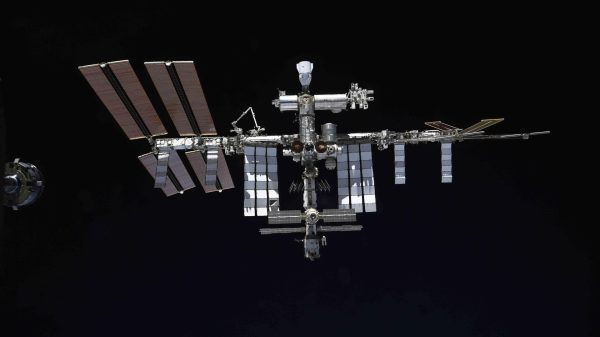
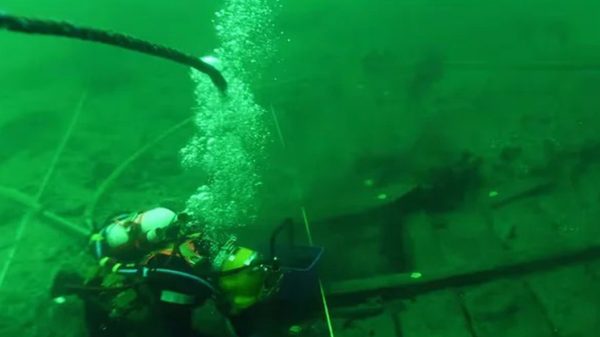

















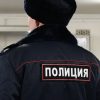




















Свежие комментарии